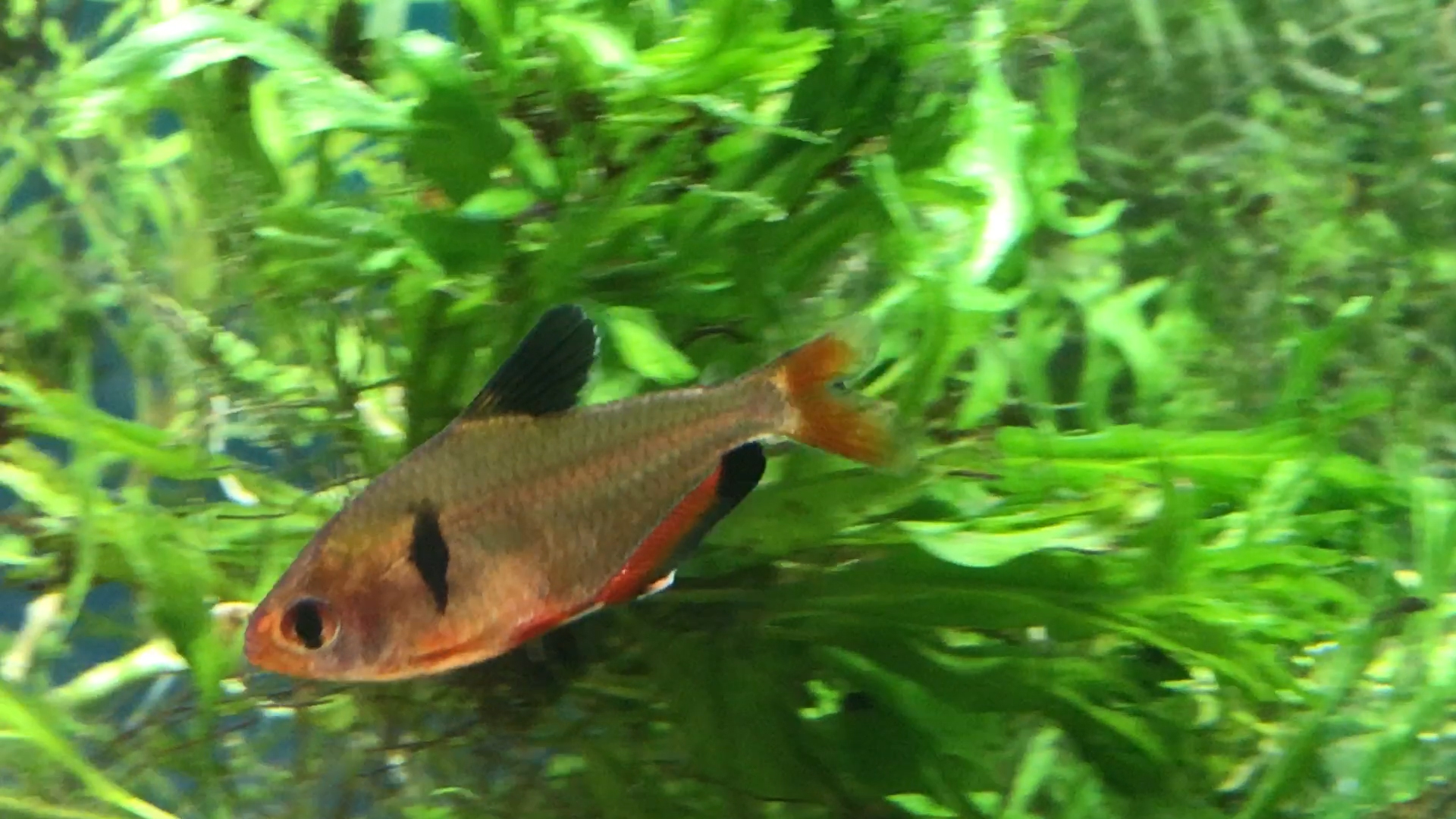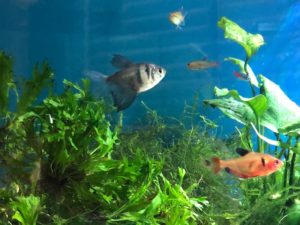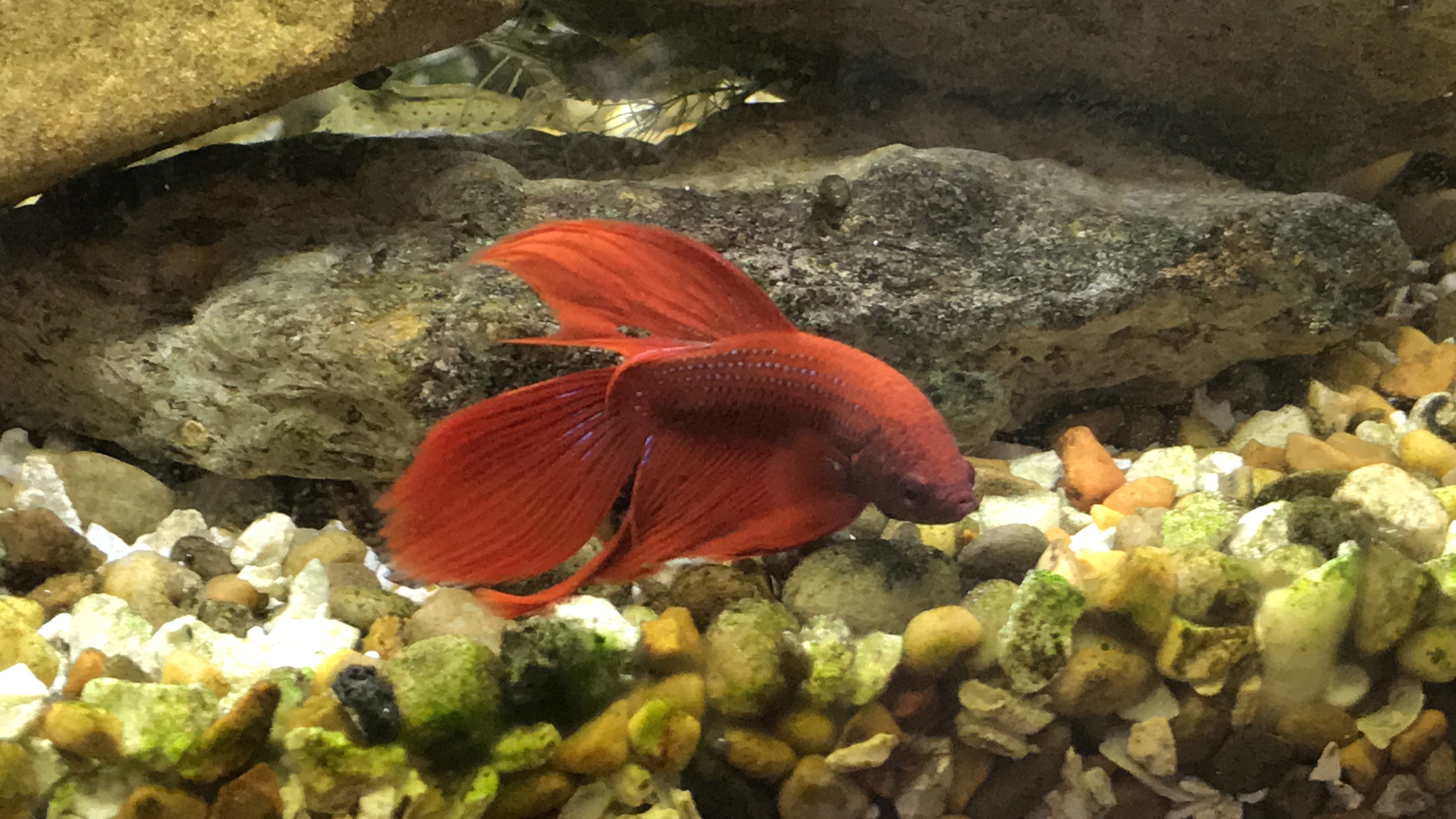
With their intense red colors the serpae tetra, aka the red minor tetra are popular in the fish hobby. They are innexpensive, readily available at any fish store and are easy to take care of.
Tank Mates
There are many different types of fish that can easily live with the serpae tetra. Other community fish like barbs, danios, other tetras, and cory catfish, make excellent tank mates. One important note, keep the serpae tetras in schools to subdue agression . Importantly, try to avoid keeping fish with flowing tails in a tank with red minor tetras. Serpae’s can get a little nippy and will pick at the fins and tails of fish like the angelfish or betta fish.
Fish Behavior
Serpae tetras are social fish. They are Peaceful schooling fish that require room to swim. The spend most of there time swimming in the middle of the tank.
Fish Food
Red Minor Tetras are omnivores and easy to feed. They eat insects and worms in nature. They will accept just about any type of food provided. I suggest feeding them a good variety of foods. Anyone of the below foods are a great option.
Fluval Colormax: https://tropicalfishguy.com/colormax
New Life Spectrum: https://tropicalfishguy.com/newlife
Bug Bites: https://tropicalfishguy.com/bugbitesbottomfeeders
Omega One Freshwater Flakes: https://tropicalfishguy.com/OmegaOneFood Omega One Veggie Rounds: https://tropicalfishguy.com/veggierounds
Omega One Mini Pellets: https://tropicalfishguy.com/omegaminipellets

Serpaes are fairly easy to keep. Unfortunately, I do not recommend adding them to a new tank. They are susceptable to fluctuations in water quality, that is to say, they could easily get stressed and die. I would recommend them in an already established aquarium that has gone thru the cycling process.
Serpae Tetra Fish Facts:
Scientific Name: Hyphessobrycon eques
Origin: Amazon river – Brazil and Paraguay
Care level: Easy
Temperament: Peaceful
Diet: Omnivore – Hearty Eater – quality flakes, freeze dried and frozen foods, live food such as snails, bloodworms
Breeding: egg layer
Water Temperature: 72 to 79 F/22 and 26
Water pH: 5-7.8 pH
Tank Level: Mid dweller
Minimum Tank Size: 20 gallons
